Table of Contents:
- How to choose the right projector screen size
- How can you measure projector screen size for home theater?
- What is a 16:9 projector screen?
- Wrapping It Up
There's nothing quite like enjoying a true cinematic experience at home. A good home theater setup can replicate the excitement of the theaters with the added comfort of being home, but there's one element of this setup that is often overlooked: The projector screen size.
The right screen goes a long way to make the most out of your projector, and while the material and color matter a lot that doesn't mean we should ignore the size either.
What ratio is your projector? What is its recommended display size? How is your room arranged?
All of these factors are important when choosing the right screen size for your projector, and that's what today's article will focus on answering.
How to choose the right projector screen size
To make the most out of your projection you'll need a screen that first has both its aspect ratio and its intended use.
In other words, while there might not be a perfect screen for all situations, there definitely are some that are the best for their intended usage.
So let's take a look at how to choose the best possible screen height based on your projector's ratio and main function.
Screen Height By Ratio
A 4:3 ratio screen is almost as tall as it is wide, and this allows it to great at displaying information, for example in an outdoor event. To make the most of this setup in wide areas you should opt for a screen height of at least 1/6th of the distance from the screen to the farthest audience member.
4:3 Video in Boardroom or Classroom
While the ratio remains the same the context changes considerably due to the reduced space, in these cases, you'll most likely be presenting slides with important visual information so you'll want everything to be as clear as possible. As such we recommend you increase the screen height to 1/4th the distance from the farthest attendant.
HDTV (16:9)
This is the format most people pick to watch TV at home as most programs nowadays are designed for it. The ideal height in this case should roughly be a third of the distance from the screen to the main seating area, but feel free to tinker with it based on your personal preferences.
Widescreen (16:10)
Widescreen was traditionally used for movies, but modern TV shows have blurred the line between both formats. As such you can use the same rule and go for a height of roughly 1/3rd.
Cinema (2.35:1)
The main cinematic ratio, and the configuration you'll be using the most if you are aiming for the genuine home theater experience. Using a 1/3rd height measurement also works here, but most people agree that the sweet spot is using a 1/4th height instead.
How can you measure projector screen size for home theater?

Now that you have calculated the height it's time to look at how to define what screen size is just right for your current setup. There are a few factors you'll need to consider before you find the perfect home theater projector screen size, but there's no need to worry as we'll go one at a time.
Content Aspect Ratio
The first thing you need to do is understand the native aspect ratio of the content you want to project. As we touched briefly before most content is on 16:9 nowadays so you should aim for a screen in that ratio and
then choose based on your personal preference for display as well as the max size your projector offers.
Pro-tip: A 16:9 screen can fit a 4:3 display, so that's more value for you.
Viewing Distance
How far away do you need your guests to watch the screen from? The further a person is from the screen the more their viewing angle is reduced, and this can impact their enjoyment of the experience. In general, you'll want the distance from the seats to be around 1 the width of the screen, which should give you an exact number on how to proceed.
Pro-tip: Your last seats shouldn't be at a distance of more than 5 times the width of the screen, so you can calculate from a further distance as well.
Visual Acuity
Not all people perceive images the same, and pre-existing visual conditions only compound this fact. Large screens work better for people with standard eyesight, but people with myopia might prefer smaller screens that are closer to their seats.
Pro-tip: Even for people with myopia there's a limit to how well they can distinguish contrast from close distances, so don't get the screen too close.
Room Size
Of course, the size of your room will affect just how much you can display on it. If your room is compact there will be no way to get a 100-inch projector screen size on it. So always keep in mind the actual dimensions of the room.
Pro-Tip: An empty wall can be the perfect place to set up a larger screen.
Ambient Light
Ambient light can play a large role in how an image is perceived. If it's too bright and your projector falls short or is on too wide a surface the image quality will suffer. So if the area is too bright you might not want to go for a large screen,
Pro-tip: A screen's gain can increase the overall brightness of your projection.
What is a 16:9 projector screen?
The 16:9 ratio is one of the most common ratios in screens due to how adaptable they are. They are perfect for TV and almost identical to the built-in movie ratio while also being able to contain 4:3 projections as well. In short, a 16:9 projector screen has a width-to-height ratio that makes it apt for almost any display, and that's why the ratio is so widely supported.
WEMAX Projector Screens for Home Theater

Now that you understand the basics of projector screens and their sizes it's time to look at some proper screens. So let's take a look at what the WEMAX suite of products has to offer when it comes to high-quality projection screens.
WEMAX 100-inch UST CLR/ALR Fixed-Frame Screen
A 100-inch screen 16:9 screen optimized for use with ultra-short throw projectors. This is a fixed frame screen that is easy and fast to install and provides a very large display space for any potential needs. The new materials used in its construction also provide improved contrast and make clean-up much easier compared to previous models.
WEMAX 120-inch UST CLR/ALR Fix-Framed Screen
The larger variant of the WEMAX Fixed-Frame screen offers all the benefits of the previous option with an additional boost to the display area. Specially designed for UST projectors its multi-layered filters ensure that the impact of ambient light is reduced and that the displayed image is more vibrant and accurate to the source.
WEMAX 120-inch Electric Tension Floor ALR UST Raising Screen
If you are looking for the definitive screen for your home theater look no further than here. This self-raising screen takes no space or requires any additional setup, only extending when you need it and otherwise staying out of the way.
On top of the comfort, it provides this floor screen reduces the strain on your eyes and uses a new sawtooth structure that rejects ambient light and ensures the screen reacts perfectly to your projector. Design and comfort come together to make this the definitive screen for any setup.
Wrapping It Up
If you want to make the most out of your projector and your movie experiences you'll need the right screen to go with them. The size of your screen will completely change the way the image is perceived and which ratios you can properly screen, so keep our recommendations in mind so you can pick a screen that is just perfect for you.
At WEMAX we are committed to providing the best visual experience to our clients, and that goes beyond screens. We are a leading brand when it comes to laser projectors, portable projectors, and LED projectors. And this means that we understand how projectors work and how screens need to be designed to make sure they work perfectly together.
The world of projections is always full of new breakthroughs and tips, so if you want to stay up to date on our articles, deals and upcoming products make sure to sign-up to the WEMAX newsletter today to make sure you get the best home theater experience.
Related blogs from WEMAX
How to Choose Your Ideal Outdoor Projector Screen?
4K vs. 1080p Projector Comparison: Is A 4K Projector Better Than 1080p?
7 Types of Projection Screens and How to Choose Right Projection Screens
Be the first to know the latest updates, tips, how-tos, exclusive deals, and discounts from WEMAX. Sign up for our newsletter today!


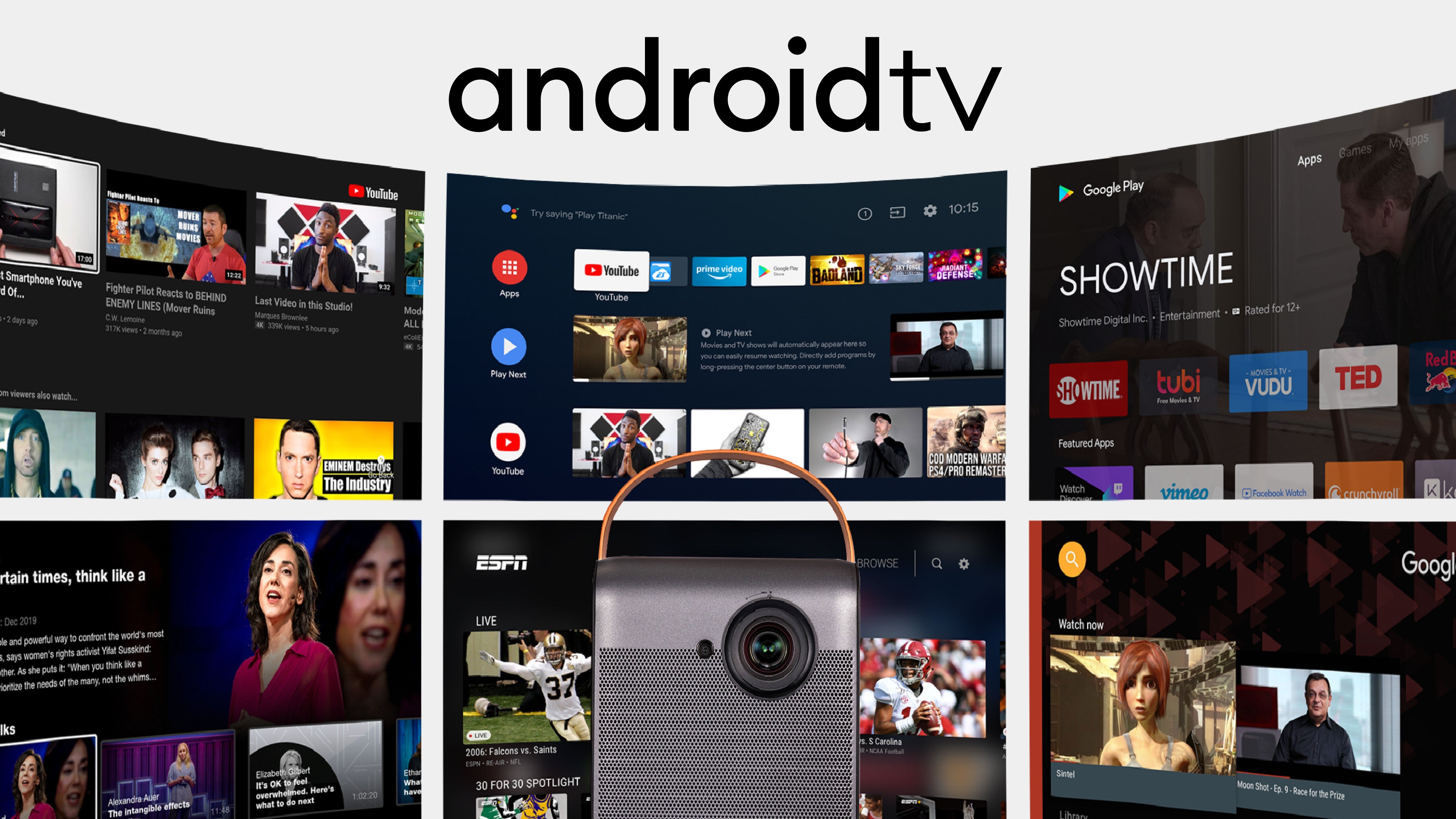
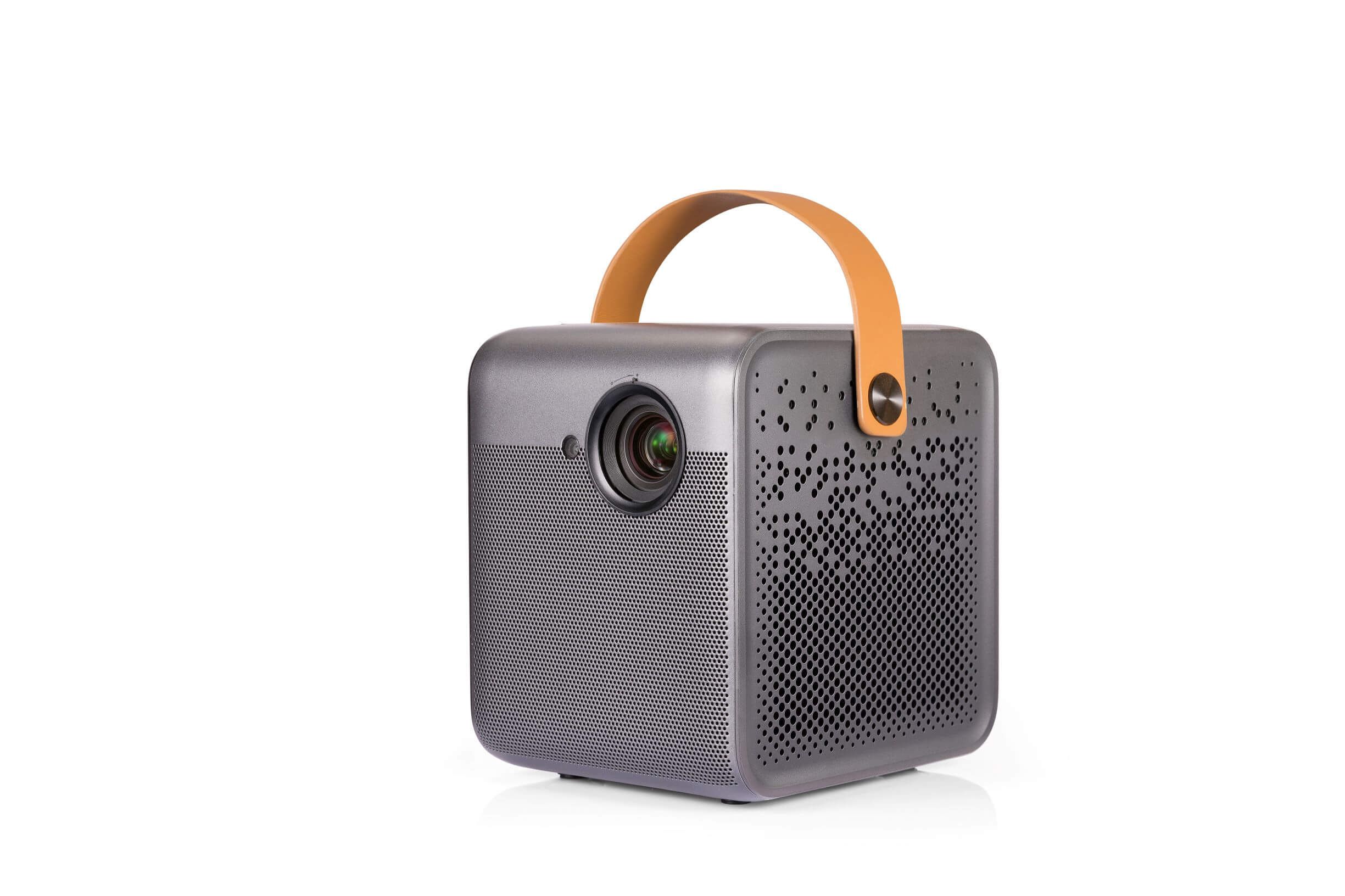
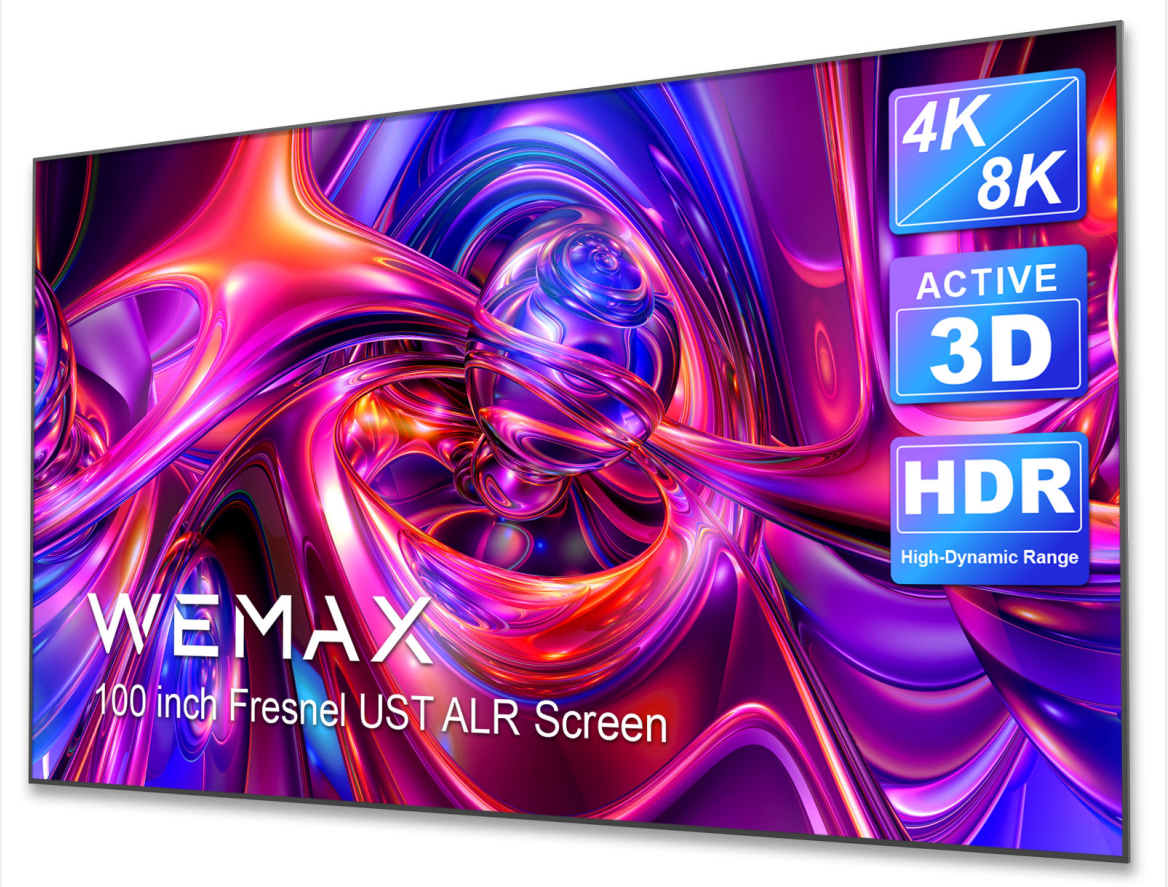
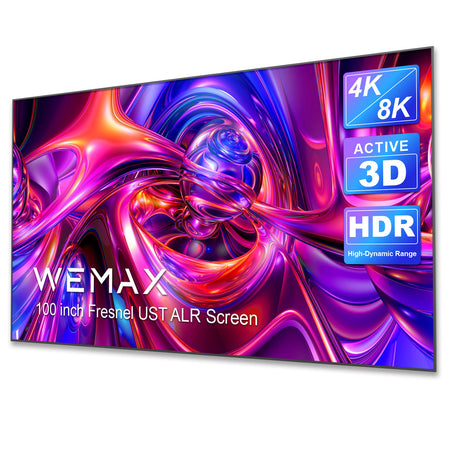
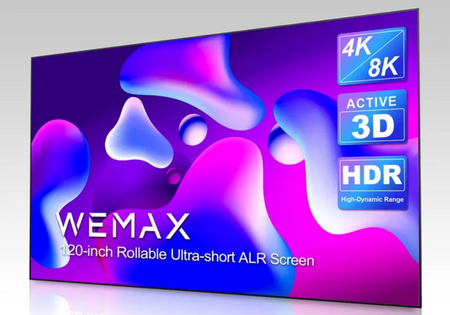
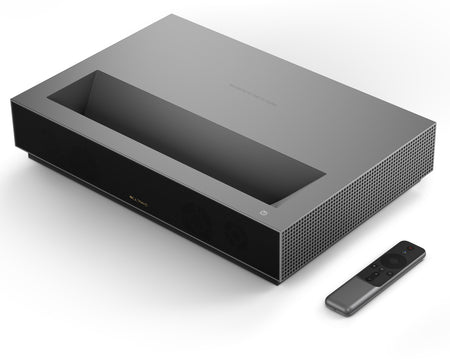
Comments (0)
Back to Tips and Tricks